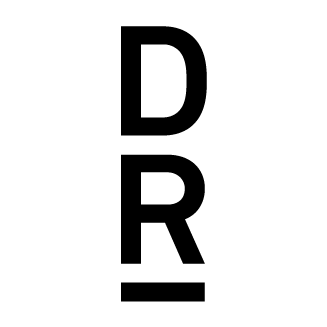How Pharmaceutical Packaging Inspired Generations of Designers
In the 1960’s advertising prescription drugs to patients was prohibited. Adverts only appeared in scientific publications, along with sample packs that were sent to doctors.
Geigy (now part of Novartis, a large Pharmaceutical company) produced advertising campaigns, sample packaging and exhibition stands in the 1960’s with the aim to engage doctors, a demographic believed to be well educated enough to appreciate Geigy’s forward-thinking graphical design style. Geigy’s graphical design style played a key part in connecting pharma companies with doctors, promoting the company brand and ethics, as well as their products which was revolutionary at the time.
Packaging for Sterazolidin by Fred Troller, 1966
Geigy employed over 150 employees to work on their advertising campaigns. The team was led by Fred Troller (a U.S based Graphic Designer) and included modernist pioneers Herbert Leupin and Karl Gerstner. The team collaborated with Armin Hofmann’s renowned Allgemeine Gewerbeschule school in Basel. The Swiss designers were concerned with searching for the best way to graphically represent something complex and do so in a simple, direct way.
Legendary Graphic Designer Fred Troller
The Geigy team developed a style that used playful sans serif typography, geometric form, bold colours and symbolic visuals to depict therapies.
60 years later Geigy’s graphical style still feels modern, vivid and iconic and stands as an exemplar to graphic designers, inspiring generations of designers to adopt the Swiss Style of graphic design.
Packaging for Persantin
Packaging for Butazolin Alka
Graphic design, done right can educate and influence patients. However, is it being used effectively to address patient non-adherence? How might it be used in combination with new technologies to change behaviours?
Geigy’s approach to the ‘unboxing’ experience in the 1960s
I believe graphic design can be used as a behavioural change tool to educate, provoke and raise awareness. Especially, if we use graphic design in combination with cutting edge technology.
Last year, I worked on a project that explored the use of graphical design, behavioural change methodologies (habit formation, goal reinforcement and social motivation) and app design to change a patient’s non-adherence.
To view this project, follow the link: https://www.behance.net/gallery/75554057/Tapp
Tapp explores the use of habit formation, goal reinforcement and social motivation to change patient behaviour.
The app uses intrinsic motivation to change behaviour.







